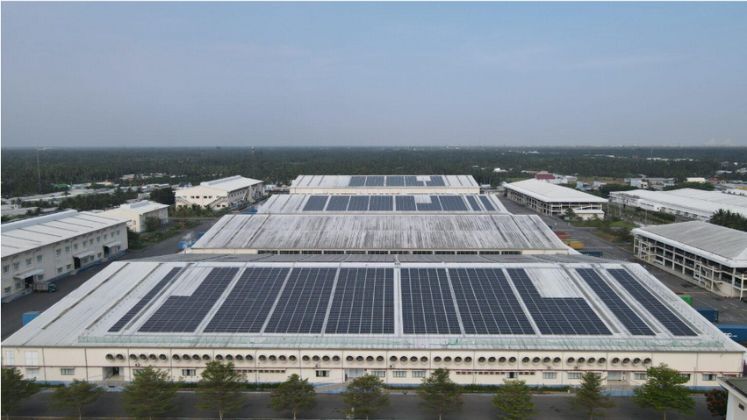
In order to meet the 2030 target of 50 per cent reduction in absolute emissions set by the Fashion Industry Charter for Climate Change, which is run by the UN Climate Change Secretariat, the apparel sector must make large investments in energy efficiency and renewable energy.
One of the biggest producers of apparel in the world, India, has been identified in a recent report as a key area for effective decarbonisation initiatives. The country alone has to spend US $ 6.5 billion to meet the industry’s 2030 emissions reduction goal.
With assistance from HSBC, the Apparel Impact Institute (Aii) and Development Finance International Inc. (DFI) have collaborated to develop the report, which is titled Landscape and Opportunities to Finance the Decarbonisation of India’s Apparel Manufacturing Sector.
In addition to estimating an extra US $ 1.2 billion now being created by governments, NGOs, and international finance institutions, the report identifies at least US $ 1.3 billion in easily available financing from credit lines and revolving funding schemes. Six crucial interventions are identified in the report, such as working together throughout the whole value chain and quickly mobilising finance.
Lewis Perkins, president of the Apparel Impact Institute, stated, “Beyond examining energy efficiency and renewable energy in India’s garment industry, this report presents a clear roadmap for closing the climate finance gap and ensuring that tested decarbonisation solutions get the vital investment they require.”
“Decarbonising its operations is crucial for meeting climate goals and securing the industry’s competitiveness in the future, as India’s apparel sector plays a pivotal role in global supply chains,” stated Emilio Bunge, President and CEO of Development Finance International Inc.
In order to implement energy efficiency and renewable energy initiatives and cut India’s overall industry emissions by 45 per cent by 2030, an estimated US $ 6.5 billion in funding is needed, says the report. While there is around US $ 2.5 billion available, there is still a US $ 4 billion financial gap in India.
Due to its established market for energy efficiency service companies, India is well-positioned to expedite its decarbonisation initiatives.
Expanding accessible funding, especially in the area of blended finance, can lower the cost of decarbonisation initiatives and assist manufacturers in overcoming the obstacles associated with the sustainability transition, such as risk limitations, unfavourable financing, and inadequate infrastructure.






